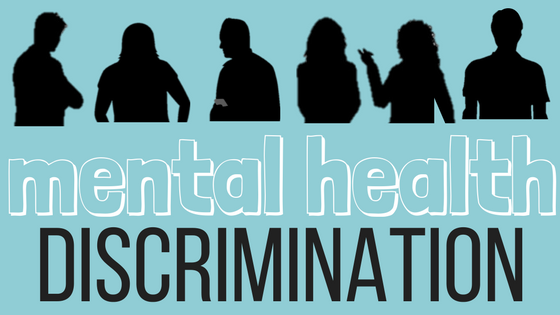In the last few decades, 90 mass shootings have occurred in the United States, 31% of the global mass shootings during this time. This has brought up the discussion of whether or not mental illness is related to the causes of these mass shootings, and if individuals with these illnesses are violent in general. According to research by Mother Jones, 61 percent of perpetrators of mass shootings had either mental health problems or symptoms of a mental health issue. Additional research by the New York Times states that mass murders are 20 times more likely to have a “severe” mental illness than the general population. This research also states that, in the history of mass killers, the overall rate of having a psychiatric disorder – including depression, learning disabilities, etc – was 48 percent. This set of data and research only examines how those who commit mass acts of violence are more likely to be individuals with mental illnesses.

This association between mass violence and mental illness brings up the discussion of how those with mental disorders can be violent in everyday life. Research from the last twenty years concluded that major mental disorders are associated with higher risks for interpersonal violence. Individuals with these disorders can account for 5 to 15 percent of community violence. Overall, mental illness is a type of disorder that is harder to diagnose and treat than physical illnesses and injuries. Individuals with these disorders can sometimes be misunderstood, which can lead to inner frustration. This misunderstanding, along with potentially not having full control over their own thoughts and actions, leads to violence in communities and potentially harming large groups.



